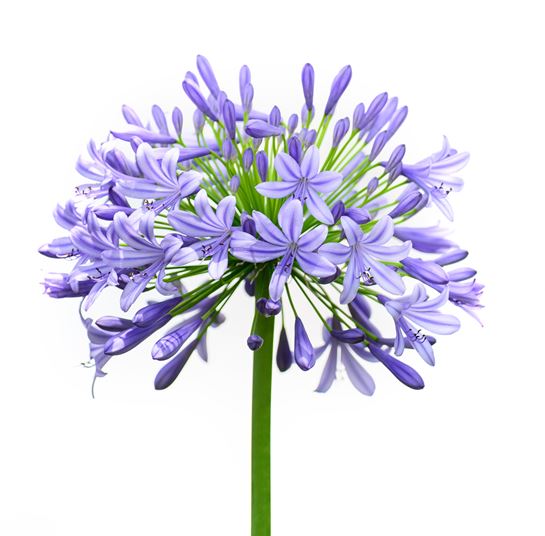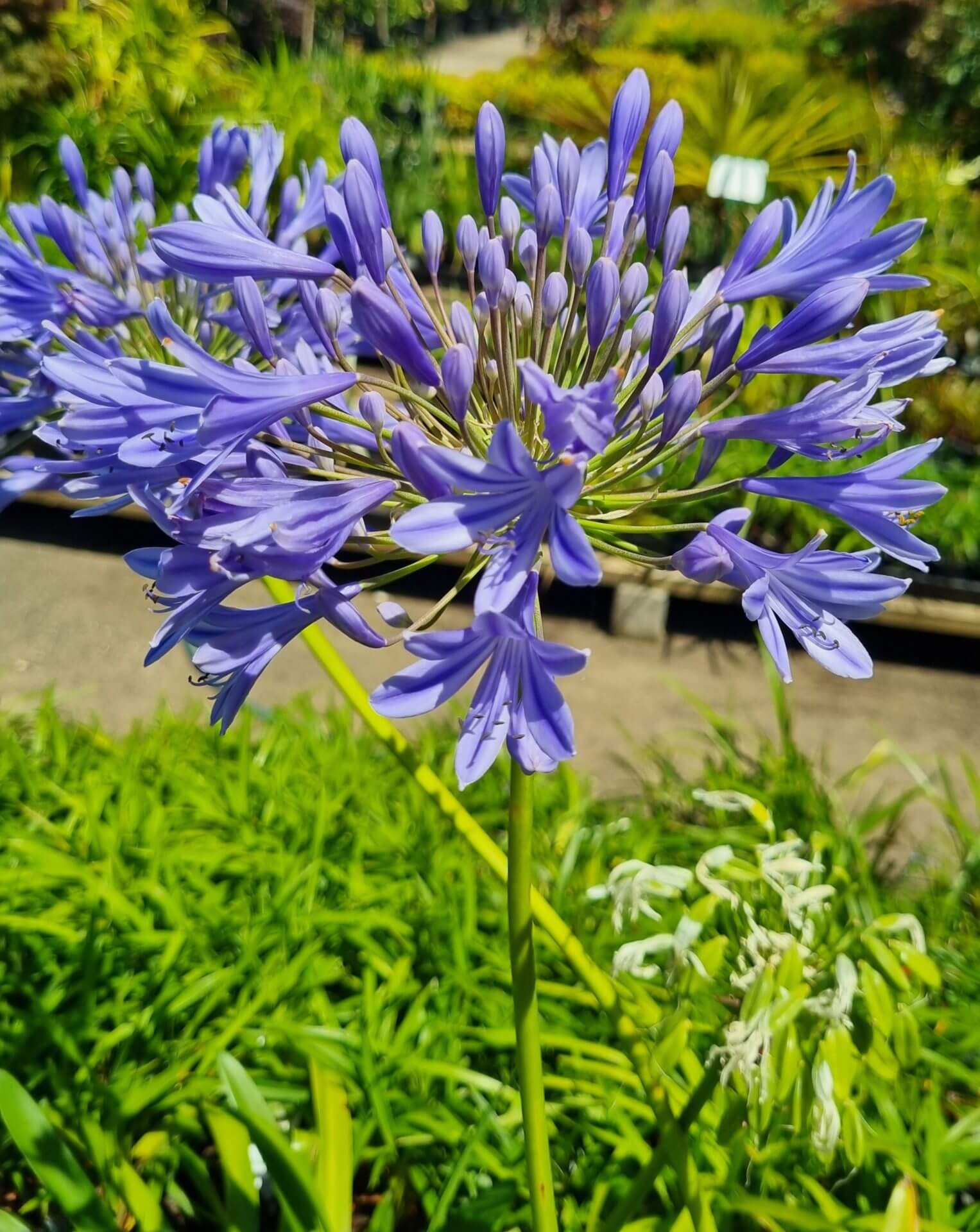Mastering the Art of Agapanthus Treatment: Important Actions for Healthy And Balanced Development and Vibrant Blossoms
In the realm of horticulture, the growing of agapanthus stands as a satisfying venture for those that look for to support these elegant flowering plants. With their striking blossoms and graceful vegetation, agapanthus has actually caught the interest of garden enthusiasts worldwide. However, achieving optimal growth and dynamic blooms requires a nuanced technique that incorporates various essential actions. From choosing the best selection to grasping pruning methods, the trip towards growing prospering agapanthus plants is diverse and holds the vital to opening the complete capacity of these herb gems.

Choosing the Right Agapanthus Range

When selecting the ideal Agapanthus selection for your garden, consider aspects such as climate suitability, flower color, and growth habit. In addition, consider the climate in your area to guarantee the Agapanthus range you select can prosper in your certain problems. Comprehending the development habit of various Agapanthus ranges is critical for correct placement within your yard.
Perfect Growing Problems
Thinking about the optimum environmental requirements is necessary for successful Agapanthus growing. Agapanthus plants are delicate to cool temperature levels and need to be safeguarded from frost during winter season months.
To make certain healthy development and dynamic blossoms, plant Agapanthus light bulbs at a deepness of concerning 2-4 inches and room them 8-12 inches apart. Adding raw material, such as compost, to the soil can enhance drainage and fertility, advertising robust root advancement. Mulching around the base of the plants assists retain dampness and subdues weed growth. Regular watering is crucial, especially during the expanding period, to maintain the dirt constantly moist however not waterlogged.
Watering and Fertilizing Tips
Keeping appropriate wetness levels and supplying vital nutrients are vital components in the treatment regimen for Agapanthus plants. When it comes to watering Agapanthus, it is important to strike a balance. These plants favor regularly wet soil yet are prone to root rot if overwatered.
Feeding Agapanthus is crucial for promoting healthy and balanced growth and respected blossoms. Apply a balanced fertilizer, such as a 10-10-10 formula, in the early springtime as new development emerges. Repeat this application every 6-8 weeks throughout the expanding period. Prevent too much fertilization, as it can bring about lavish vegetation at the expenditure of blossoms. Constantly follow the maker's guidelines for appropriate dilution and application approaches. By following these watering and feeding tips, you can guarantee your Agapanthus plants prosper and create vivid, resilient flowers.
Pruning Methods for Agapanthus
Pruning Agapanthus plants at the appropriate times and with correct strategies is vital for maintaining their health and advertising optimal development and blooming. The suitable time to prune Agapanthus is in late winter season or very early spring prior to new growth emerges.
For flowered stems, wait till the blooms have actually withered and after that trim them back to the base. This not only cleans the plant's appearance but likewise motivates the advancement of brand-new flower buds. Deadheading invested blossoms can likewise redirect the plant's energy right into producing even more flowers as opposed to establishing seeds. Nonetheless, if you want to gather seeds for breeding, leave some flowers to fully grown and dry on the plant.
Bear in mind to use tidy, sharp tools to make exact cuts and decrease the threat of presenting illness. Agapanthus. Regular trimming will assist keep your Agapanthus looking neat and healthy while guaranteeing a plentiful screen of attractive blooms
Handling Common Bugs and Diseases
After making certain correct pruning techniques for Agapanthus, it is crucial to resolve usual bugs and conditions that Visit Your URL can influence the wellness and vitality of these plants. One usual insect that impacts Agapanthus is the Agapanthus gall midget.
One more common problem is fungal leaf spot, which presents as dark sores on the fallen leaves. To avoid fungal illness, guarantee good air blood circulation around the plants, avoid overhead watering, and get rid of any infected leaves immediately. Additionally, Agapanthus plants can experience origin rot if they are grown in poorly draining pipes soil. To stop this, plant Agapanthus in well-draining dirt and avoid overwatering. By being cautious and taking timely activity against insects and diseases, you can assist your Agapanthus plants flourish and produce lively navigate here blooms.

Final Thought
To conclude, understanding the art of agapanthus treatment includes choosing the right selection, giving suitable planting conditions, correct watering and fertilizing, proper pruning techniques, and dealing with typical pests and illness. By adhering to these important actions, you can ensure healthy and balanced growth and vivid blossoms for your agapanthus plants. Remember to regularly keep track of and keep your plants to advertise their total health and long life.
To ensure healthy development and lively blossoms, plant Agapanthus bulbs at a depth of about 2-4 inches and space them 8-12 inches apart. By complying with these watering and fertilizing tips, you can ensure your Agapanthus plants flourish and produce vivid, long-lasting blooms.
One typical pest that impacts Agapanthus is the Agapanthus gall midge. Additionally, Agapanthus plants can endure from root rot if they are grown in poorly draining pipes dirt. By complying with these necessary actions, you can make sure healthy development and dynamic you can try here blooms for your agapanthus plants.